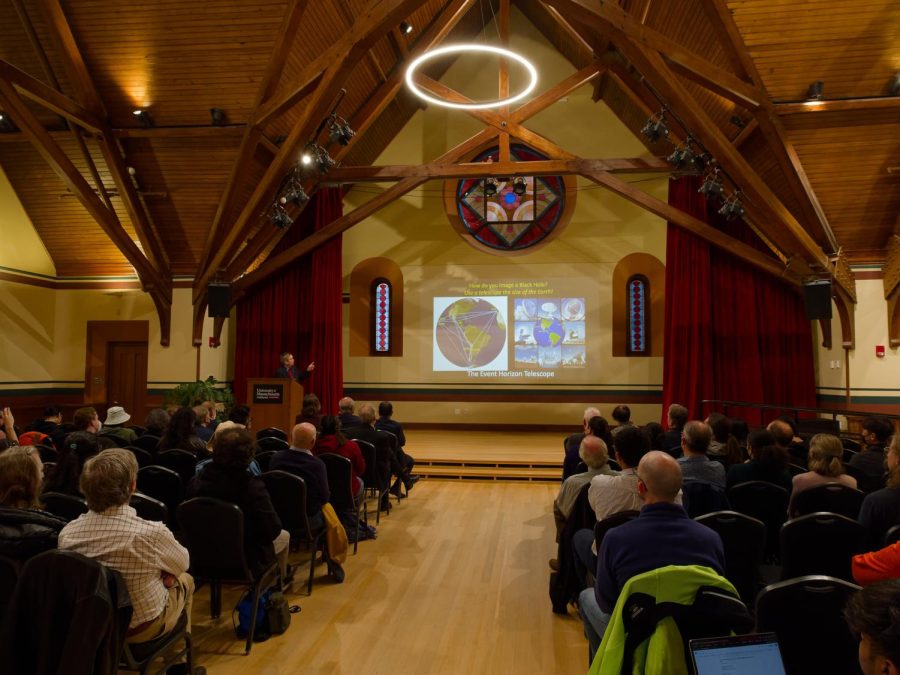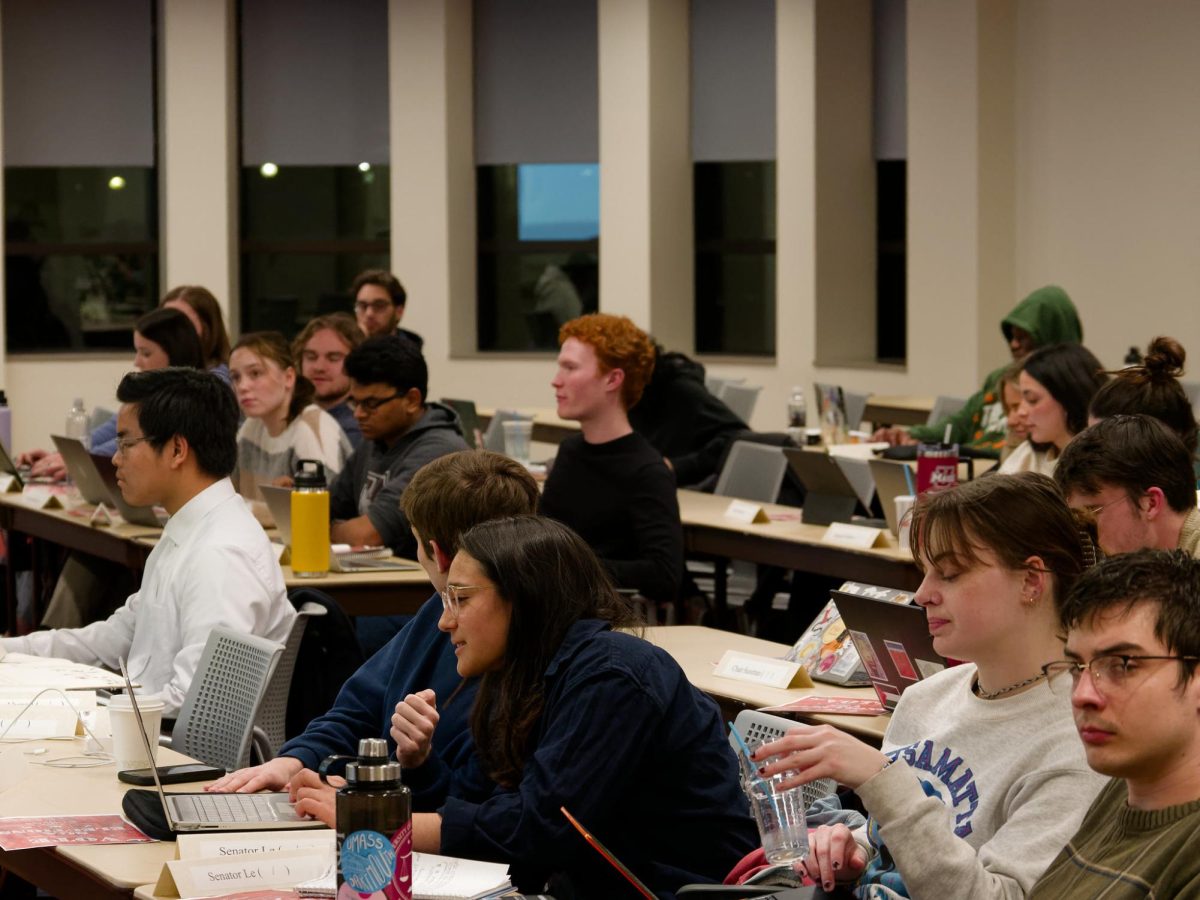
Researchers from the Electrical and Computer Engineering Department at the University of Massachusetts are in the process of developing a new system aimed at improving the lives of the 285 million visually impaired people worldwide as estimated by the World Health Organization.
The system, known as PERCEPT, uses smartphones equipped with accessibility features to provide audible navigation instructions for people in unfamiliar indoor environments. Users can select their starting point and destination, and the application will provide step-by-step directions using landmarks and other options.
A beta version of the system was installed in the main hallways on the first and second floors of the Whitmore Administration Building last week, and is expected to be fully operational and available to the public by next fall.
“Our hope is that this will 100 percent work in Whitmore and we will be asked to deploy it in buildings all over the campus,” said Professor Aura Ganz, director of the 5G Mobile Evolution Lab and founder of the project.
According to Ganz, the project first received funding in 2010, but her team has been developing the technology since 2004. It all began, she said, with one of her graduate students who was passionate about helping the blind.
Initial phases of the project were funded by the National Institutes of Health’s National Eye Institute. Ganz’s team has also worked closely with orientation mobility specialist Carole Wilson from the Massachusetts Coalition for the Blind.
“We really needed to understand the needs of the user. I think that’s one of the main reasons we are successful,” Ganz said.
Ganz explained that the PERCEPT system is intended to help individuals establish orientation, but is always used in conjunction, rather than in place of, mobility aids such as guide dogs and canes.
The system operates using Near Field Communication (NFC) and Radio Frequency Identification (RFID) technology. A sensor inside the smartphone scans special tags placed on signs next to each doorway in a building. To get started, the user just has to open the PERCEPT application, tap their phone against one of these tags and select their destination. From there, the application will provide audio instructions.
“It was really clear to me … that NFC technology can bring spaces to life,” Ganz said.
Systems Engineer James Schafer of the Electrical and Computer Engineering Department explained that if the user were to get lost, all they would have to do is find the closest doorway to get back on track with updated directions.
“Another thing that’s important about the tag is that it actually gives you a tactile reference point,” Schafer said. “When you’re at these decision points where you need to orient your body in a certain way, this becomes very important to establish that bearing.”
Another huge advantage of NFC technology, Ganz said, is that it doesn’t require power. “It’s like a sticker,” she said.
In an earlier phase of the project, the team ran a trial of the system on three floors of the Knowles Engineering Building using 20 participants ranging from the ages of 18-81. Each individual was asked to use the PERCEPT system to navigate the same set of destinations in the same order.
The researchers recorded the way that the participants moved and how they responded to the instructions. Schafer said that accuracy indicated by whether or not the individuals could navigate successfully without intervention was also recorded.
Out of the 20 subjects tested, 19 were successful.
“I think (that) is huge, and says a lot for the potential of the system,” Schafer said.
He added that because so many people have smartphones, the technology is affordable. In the past, visually impaired individuals had to own numerous devices to help with everything from using a computer to counting money.
“Not only are you buying apps that are significantly less expensive (to) replace this hardware, but you’re also not carrying all these devices with you,” Schafer said.
Although the new hardware is relatively inexpensive—at $1.65 per tag, it costs less than $400 to outfit Whitmore—Ganz and Shafer said that most of the cost is in the software development.
“We need to have an engineer program the software for each and every building, which is costly,” Ganz said, and added that she is seeking funding from the federal government to deploy the program across campus.
Beginning in February, this technology will also be installed in the subway station in Arlington. Ganz and Schafer estimated that it will be ready for public use in approximately a year and a half.
“The world so much relies on vision,” Ganz said. “We hope this technology will help (the visually impaired) venture independently to their workplace, to travel independently.”
Aviva Luttrell can be reached at [email protected].


















